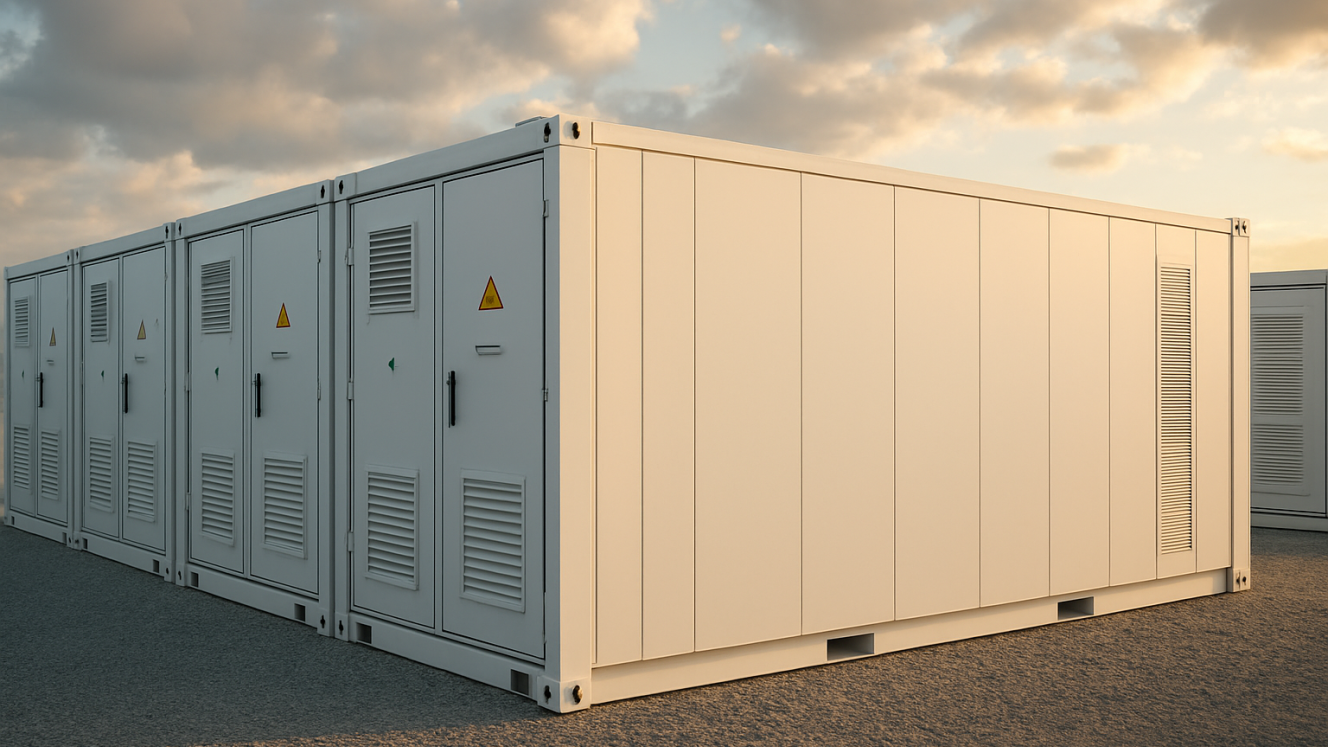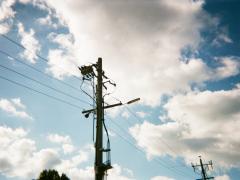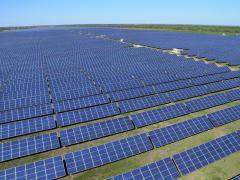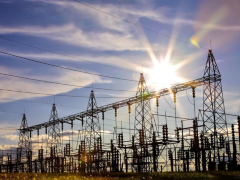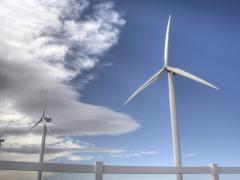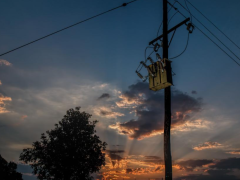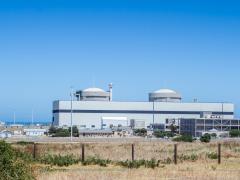Eskom has warned that 22 GW of generation capacity could face shutdown beyond 2030 due to non-compliance with sulphur dioxide (SO₂) emission limits unless extensive retrofitting is undertaken across its coal-fired fleet.
According to the utility, achieving full compliance with minimum emission standards will require approximately R257 billion in capital investment and R6,3 billion in annual operating costs. This could result in an electricity tariff increase of up to 10%, Eskom said.
“Given the current trajectory of future non-compliance, 22 GW of capacity is at risk of being shut down due to SO₂ non-compliance post-2030,” the utility said in a statement issued on Monday, June 9.
Eskom has, to date, invested over R3 billion in emissions reduction initiatives and has allocated R15,6 billion over the next five years. These include flue gas desulphurisation systems installed at Kusile Power Station with plans to retrofit the same technology at Medupi.
The utility also reported progress in cutting particulate matter (PM) emissions by more than 80% between 1982 and 2021 alongside reductions in nitrogen oxide (NOx) emissions through design and retrofit interventions at Kendal, Matimba, Medupi, Kusile and Camden power stations.
Despite these measures, Eskom acknowledged a decline in environmental performance indicators over the past five years. “The key challenges are availability of plant to retrofit technologies, ageing infrastructure, load losses during retrofit installation and commissioning, cost and space constraints, and inability to balance energy supply and environmental compliance due to the energy crisis,” Eskom said.
The utility is pursuing community-level interventions such as the Masibambisane Air Quality Offset Project in Amersfoort, Mpumalanga. This programme helps low-income households transition from coal and wood to cleaner alternatives like electricity and LPG to improve indoor air quality.
Eskom operates 22 ambient air quality monitoring stations near its power plants. It reports that measured SO₂ and NOx levels generally meet national standards but PM frequently exceeds limits due to multiple sources including household fuel use, veld fires, mining activity and industrial emissions.

